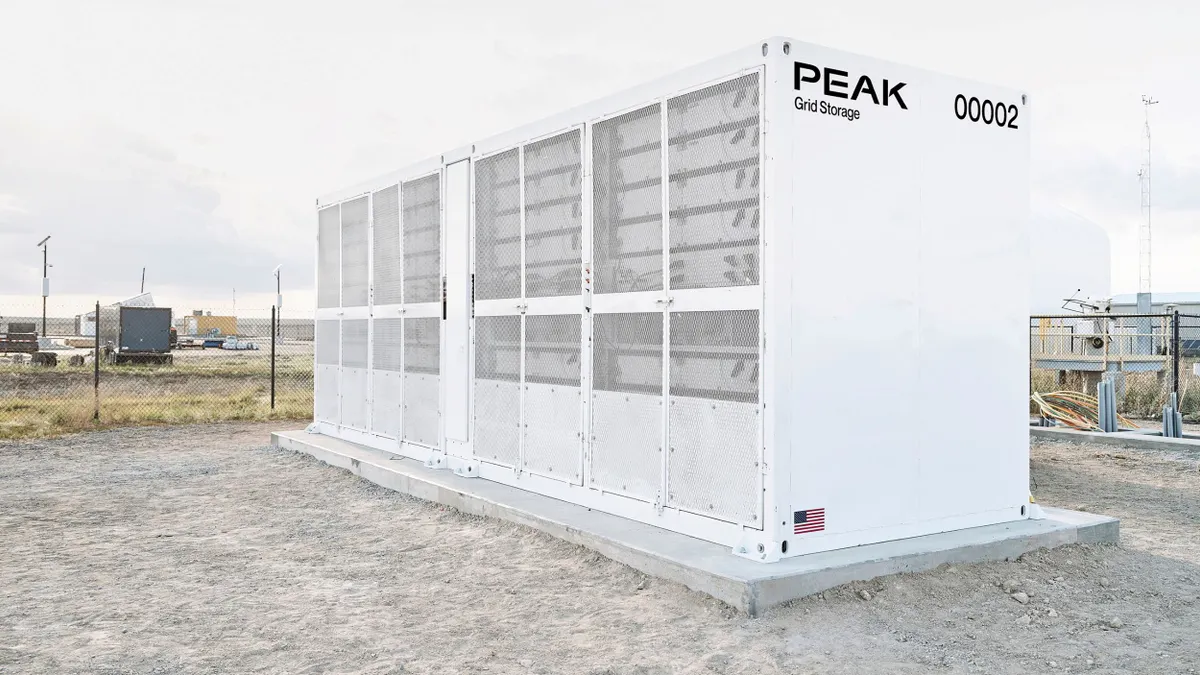State utility regulators on Wednesday called for continued federal funding for advanced transmission technologies, including grid-enhancing technologies and high-performance conductors.
“The federal government, states, and industry can work together to accelerate the use of these new innovative technologies to affordably expand the transmission capacity needed to maintain reliability and meet growing electricity demand,” utility regulators said in a resolution approved by the National Association of Regulatory Utility Commissioners board.
The NARUC board said there are potential ratepayer benefits from the “holistic deployment” of advanced transmission technologies. The board urged Congress to appropriate enough funds to help utilities, grid operators and states deploy advanced transmission technologies, such as through the U.S. Department of Energy’s Grid Resilience and Innovation Partnerships Program, after funding from the bipartisan infrastructure law runs out in 2025.
In the first two rounds of funding, GRIP grants with GETs, which include advanced power flow controls, dynamic line rating and topology optimization, and high-performance conductors will benefit 29 states, according to the WATT Coalition. A third funding round is expected to accept proposals in 2025, according to the group, which supports GETs.
The resolution was sponsored by Doug Scott, Illinois Commerce Commission chairman. “We must adapt and innovate to serve growing electricity demand while maintaining energy affordability and reliability,” Scott said. “Advanced transmission technologies should be among the default solutions to increase grid capacity and performance at the lowest cost.”
NARUC’s resolution marks a key development for GETs, according to Jigar Shah, director of DOE’s Loan Programs Office.
“Just five years ago, people thought grid-enhancing technologies were unproven and risky,” Shah said in an interview at NARUC’s annual meeting in Anaheim, California. “Today, I think people believe that they're mainstream enough to deploy at scale.”
The same is true for virtual power plants and for clean firm power generation, according to Shah. “I'm very proud of the fact that the Department of Energy has provided the tools to state regulators and utilities to actually meet this load growth moment with clean solutions at affordable prices.”
Since former President Donald Trump was reelected last week, work at the Loan Programs Office is continuing as usual, according to Shah.
“I don't think anything has changed at the LPO except that I have an exit date,” Shah said. “I'm hopeful that my successor continues where we left off, but that will be their decision.”
The Loan Programs Office is reviewing about 200 applications seeking about $305 billion in loans, Shah said during a NARUC panel discussion. The office has nearly $400 billion in remaining loan authority as of Oct. 31, according to DOE.

The Loan Programs Office has received about $100 billion in loan applications from utilities, according to Shah. The loans are about 1 percentage point lower than what they could get otherwise and they are also able to receive up to 80% in loans for their projects compared to the traditional 50%, Shah said.
“You're seeing a lot of folks use our debt to do these things that Wall Street won't let them do, but are in the best interest of ratepayers,” Shah said.















